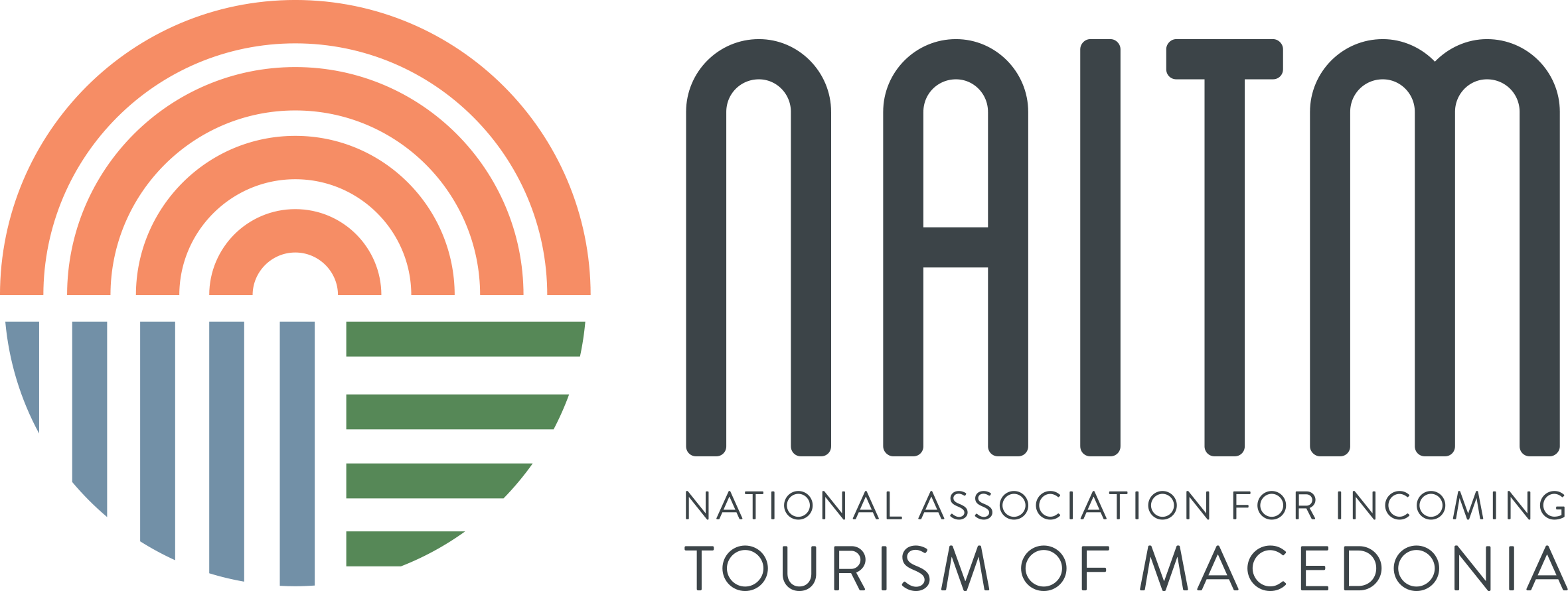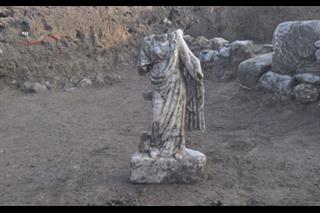
KOSTOLAC - #Archeological digs in #Viminacium, capital of the #Roman province of #Moesia Superior between 1st and 4th centuries AD, revealed exquisitely carved marble statues and a gold necklace from the Roman period.
Director of Viminacium archaeological park Miomir Korac told Tanjug that the archeologists this year focused on unearthing the Roman villa rustica and exploring the excellently preserved Roman wells.
The excavations also included the area between the city's amphitheatres, the residential areas and the eastern city wall, he added.
The #discovery of a very well preserved Roman street, paved with stone blocks from one to over three meters long and weighing several tons each, confirmed the results of geophysical surveys that pointed to the remarkably well preserved city structure of Viminacium and revealed the exceptional beauty of its buildings.
The exquisitely carved marble sculptures were found in the space between the amphitheaters and the residential areas, said Korac.
One of them is a 70-centimeter tall statue of a standing female figure holding a cornucopia in her left hand, with a relief in the background presumably symbolizing the throne.
The head and the arms of the statue are broken off. One arm and several other pieces of the sculpture were found nearby.
According to Korac, the statue probably represents Fortuna, the Roman goddess of fortune.
The second statue is also of a standing female figure. The 30-centimeter tall marble sculpture is damaged, with the head, both arms and the lower part of the legs missing.
Along with the sculptures, a slightly damaged necklace made of double gold strands and cylindrical green stone beads was unearthed.
The clasp has been preserved, and the necklace most likely had a pendant, also made of thin gold strands and stone.
Viminacium, around 100 km east of# Belgrade, at the confluence of the Mlava and the #Danube rivers, is one of the best preserved Roman cities and #military camps in #Serbia.
http://www.tanjug.rs/news/155509/marble-statues--gold-necklace-found-at-viminacium.htm

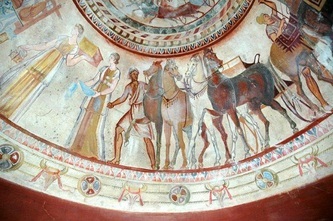
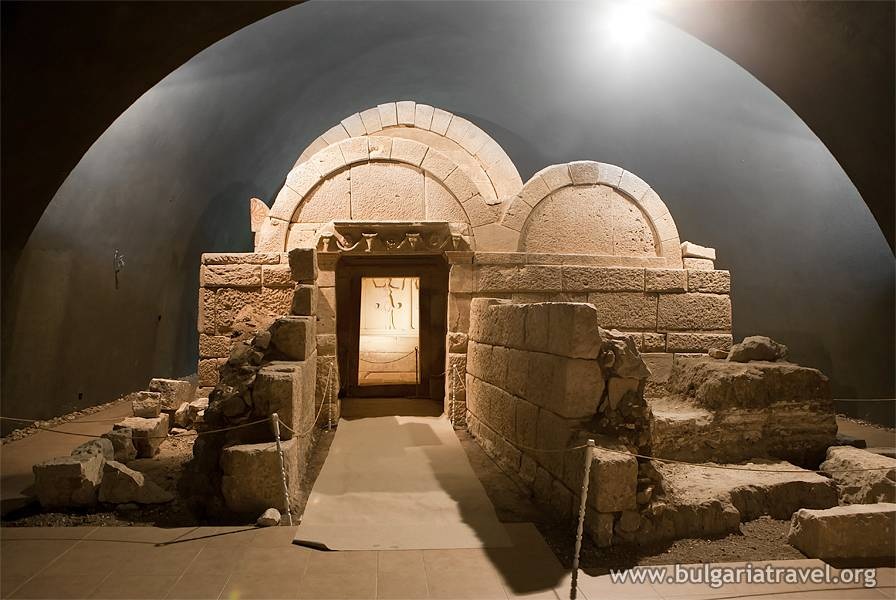
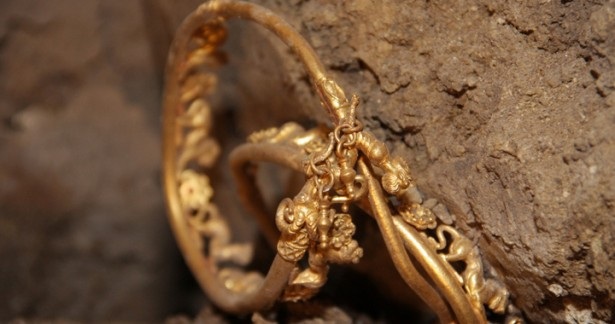
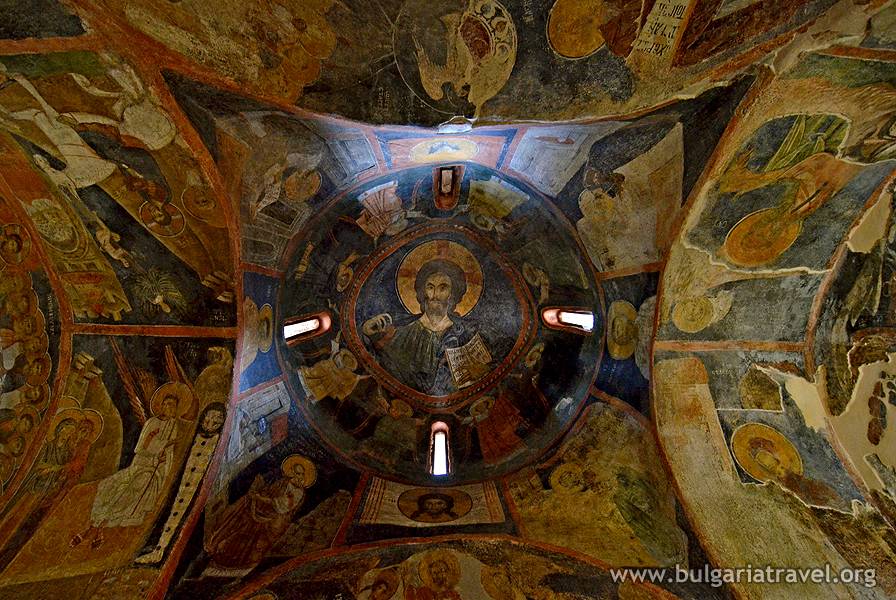
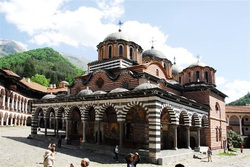
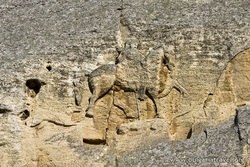
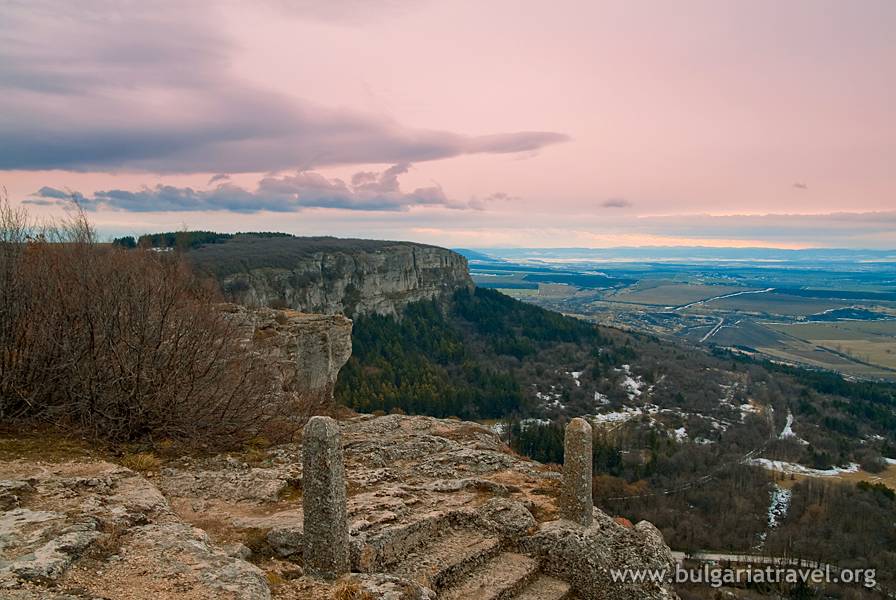
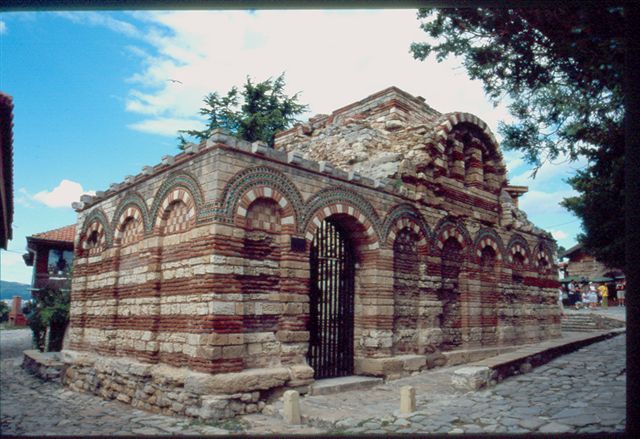
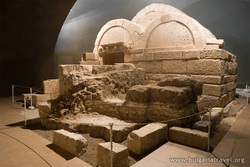
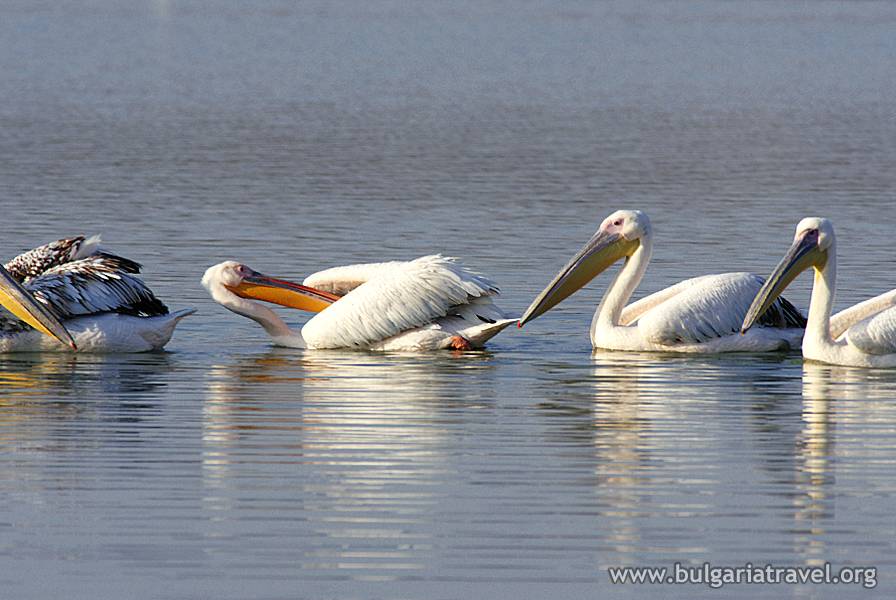
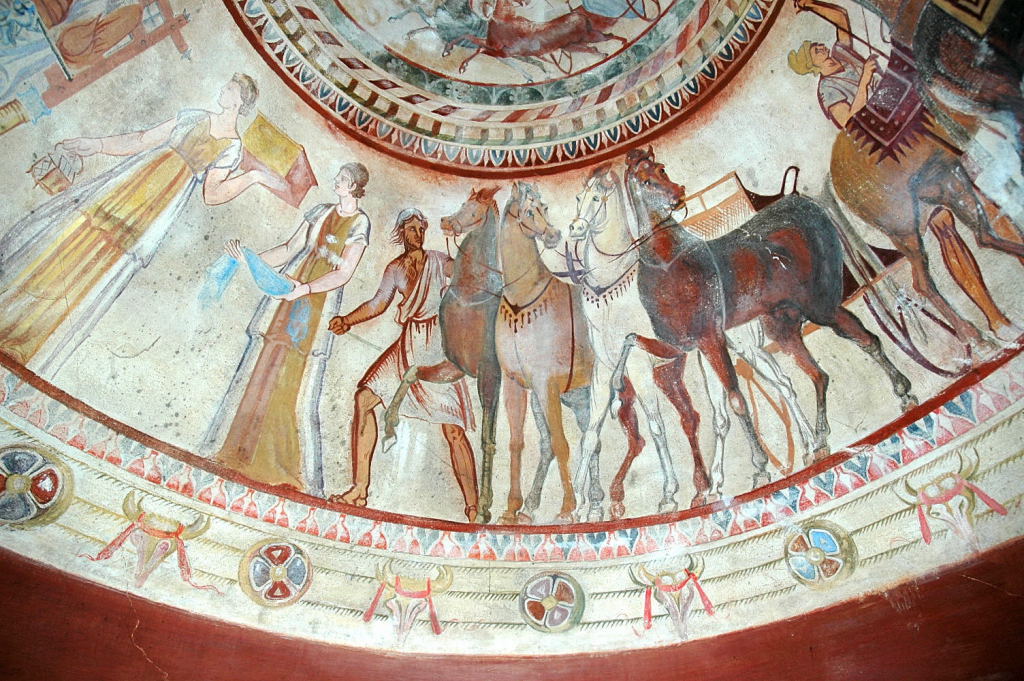
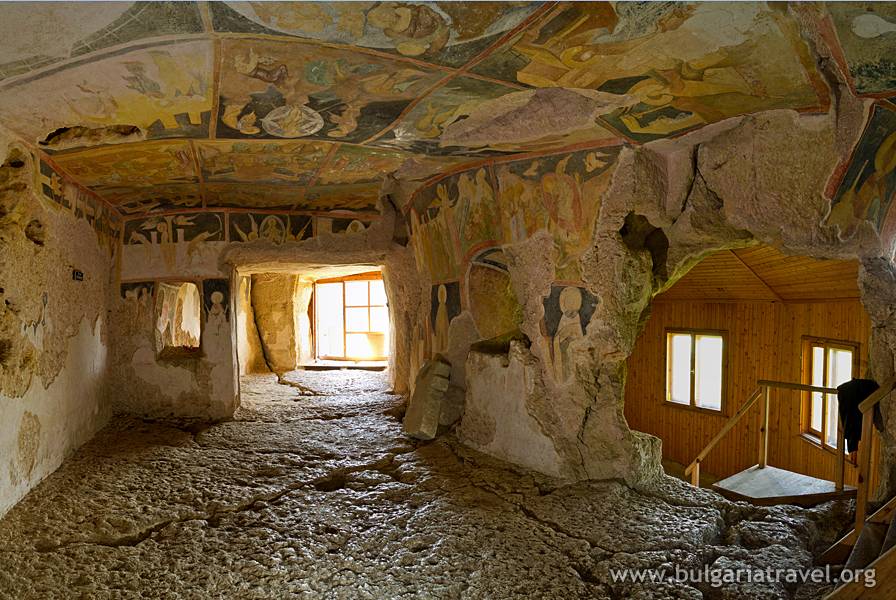
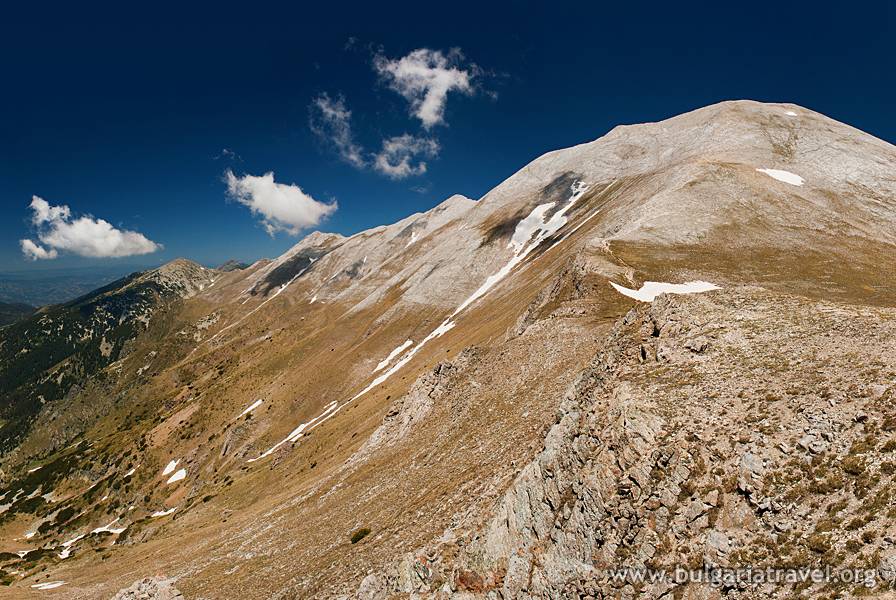

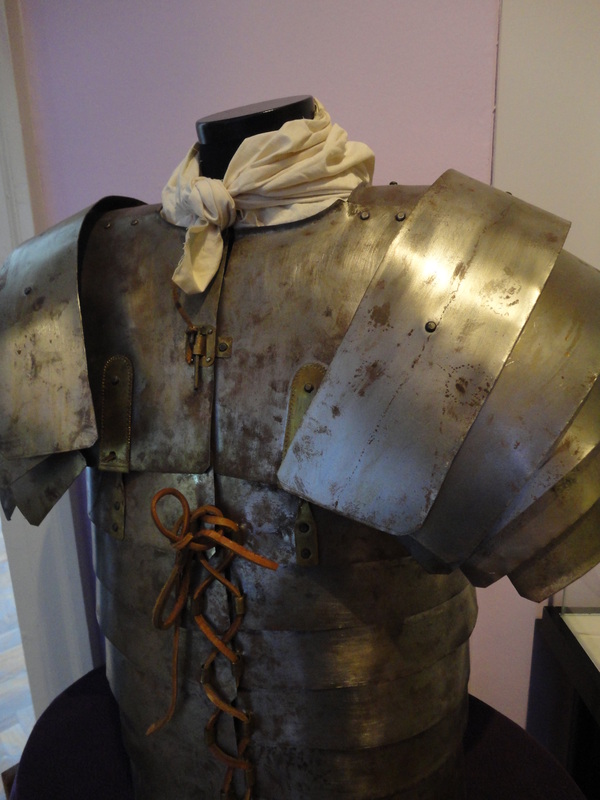
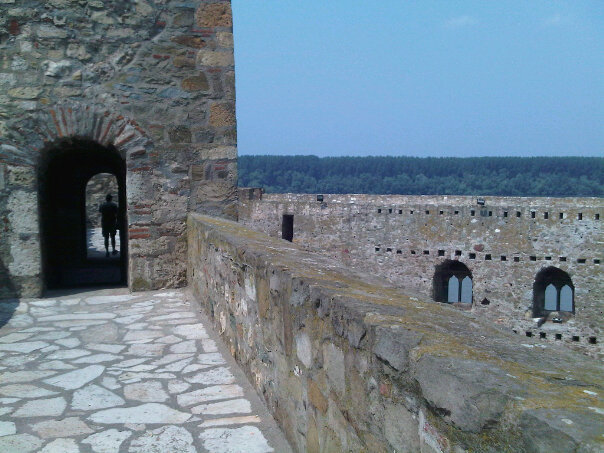
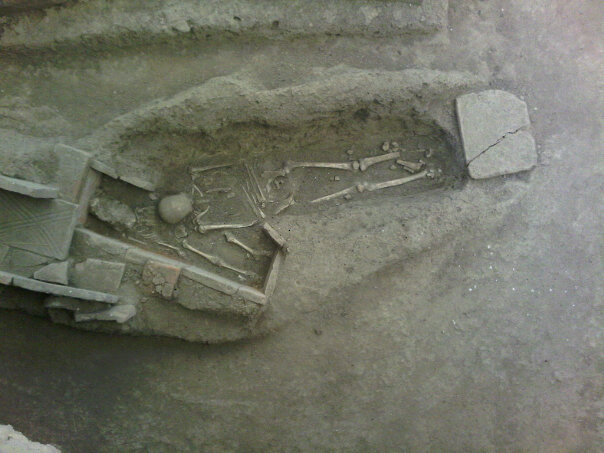

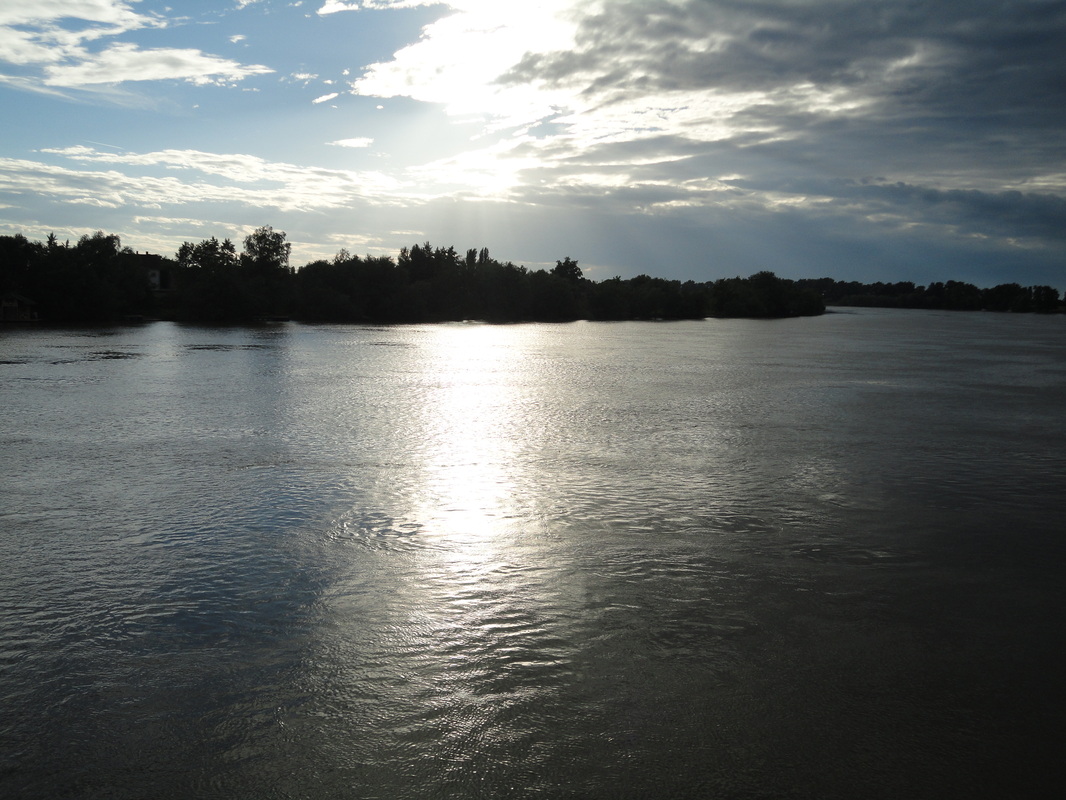

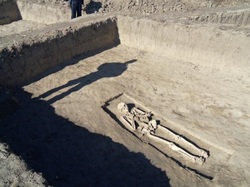
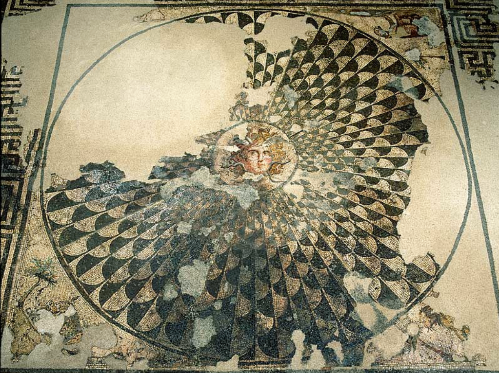
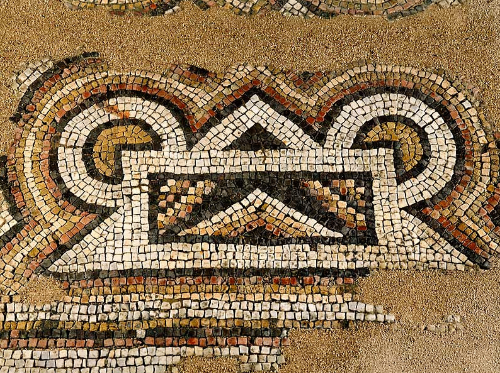

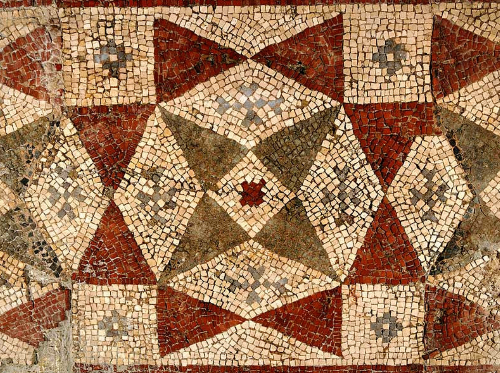
 RSS Feed
RSS Feed

